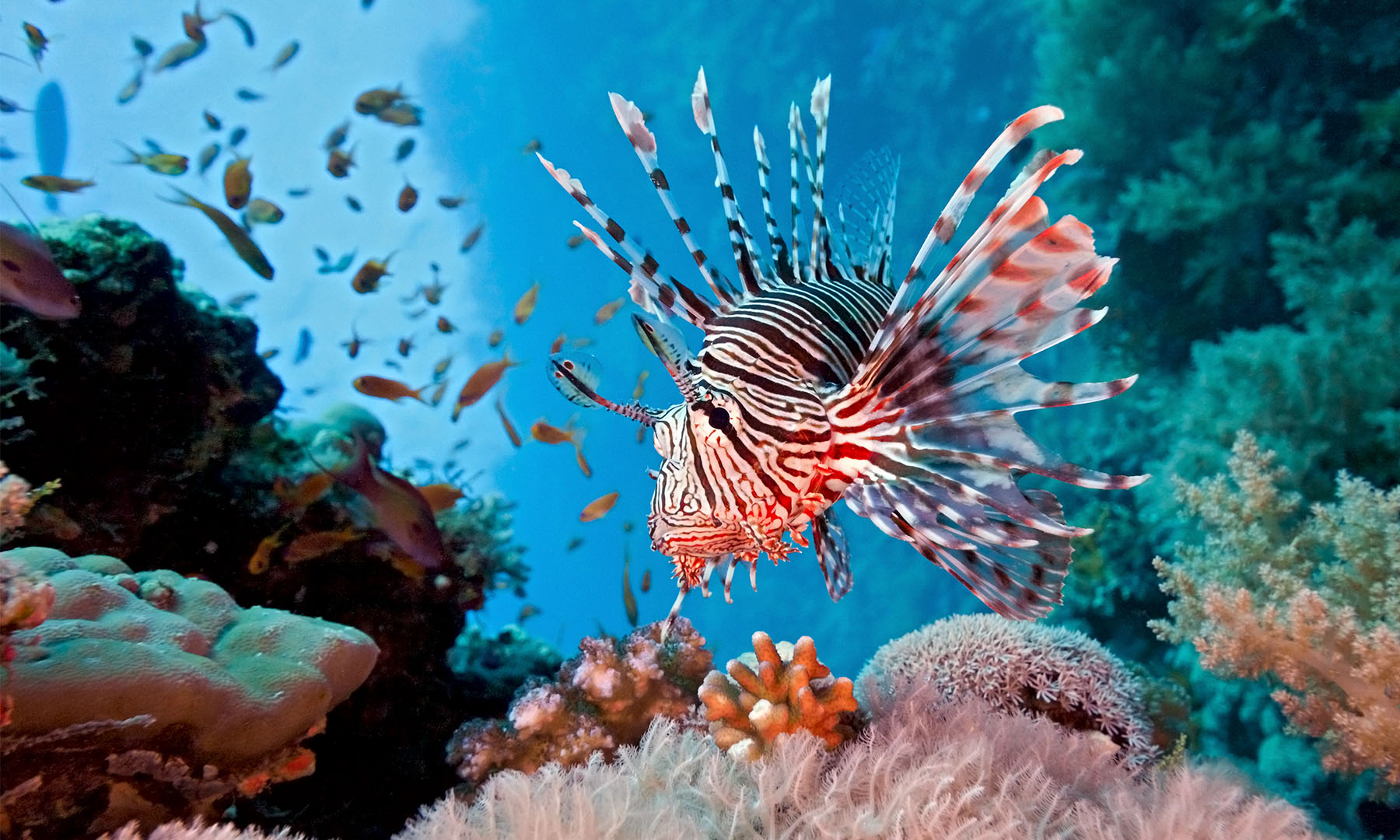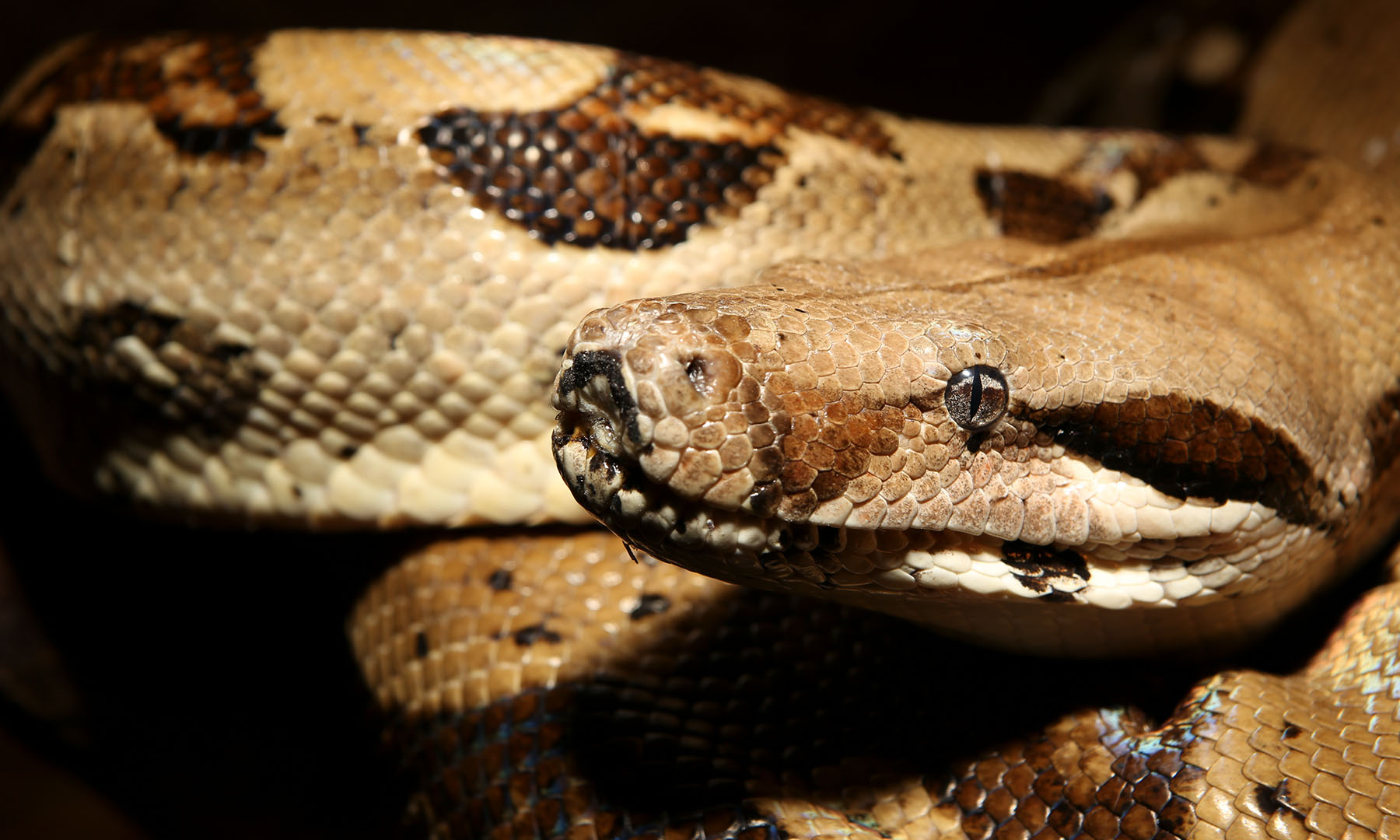Feral Chicken


Feral Chicken
LOCATION
Scientific name
Junglefowl
Wild chicken
NATIVE ORIGIN
Your typical chicken, medium sized birds with a wide range of plumage color. Males are slightly larger than females.
Feral chickens live approximately 5-10 years and can breed all year round. Chickens have a high reproductive rate, with females typically having 3- 4 egg clutches per year, and each clutch containing around 8-15 eggs.
Ecological Impact
Management/Control
What You Can Do!
- If you have chickens, keep them penned.
- If you have too many chickens, dispose of them rather than letting them go into the wild.
- Feral chickens on one’s own property may be killed and disposed of via burning or taken to the dump.
- You may also call the department of agriculture at (340) 774-5182, for the removal of feral chickens on your property.
References
Pyle R, Pyle P (2009) The Birds of the Hawaiian Islands: Occurrence, History, Distribution, and Status. BP Bishop Museum, Honolulu, HI, USA.
Government of Bermuda (2013). Feral Chicken Management Plan. Department of Conservation Services, Bermuda.
Location: 6291 Estate Nazareth St. Thomas USVI 00802
Phone: 1-340-774-3320 1-340-773-1082
Email: info@invasive.vi.gov


